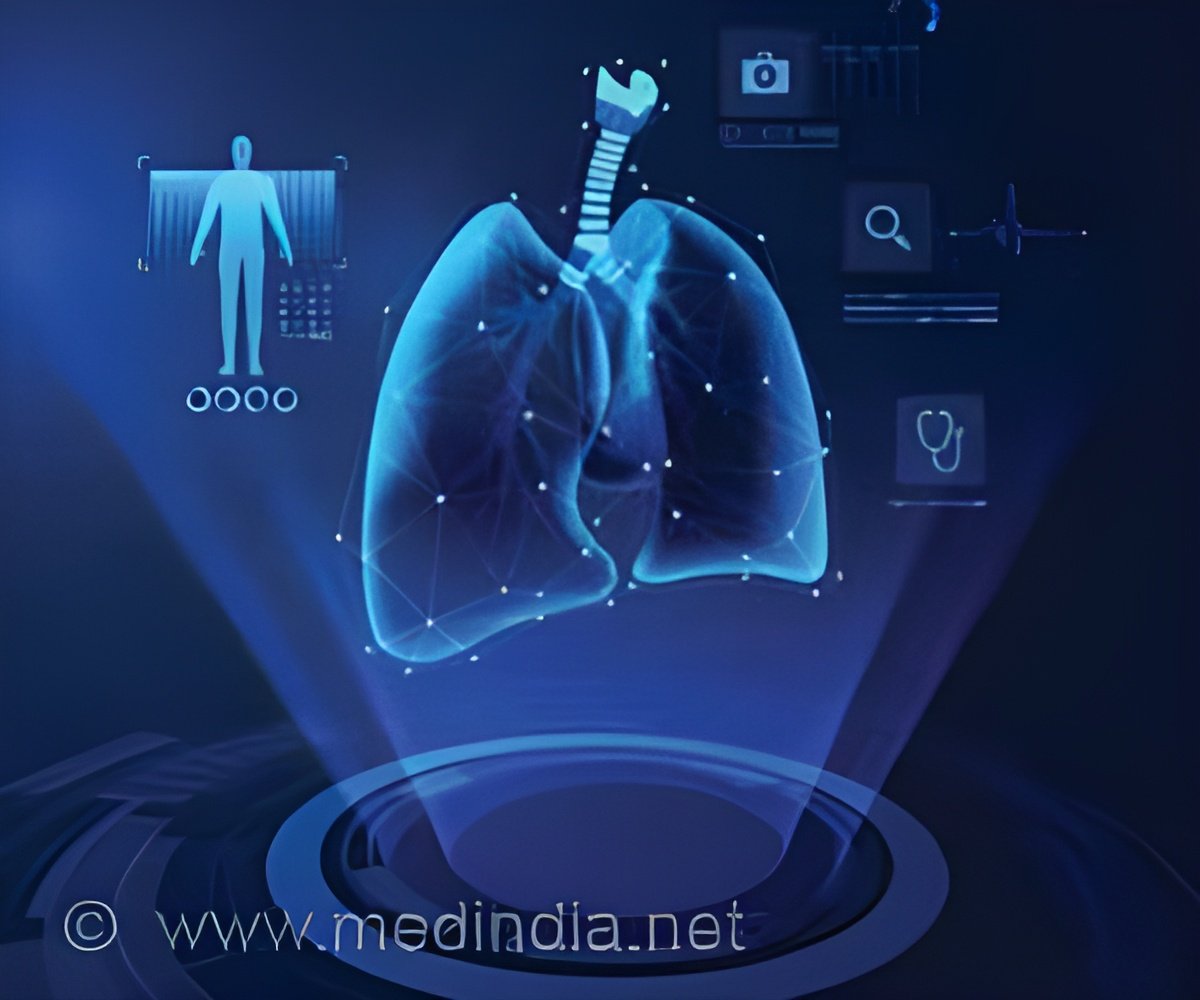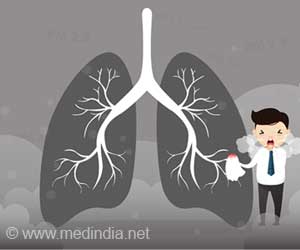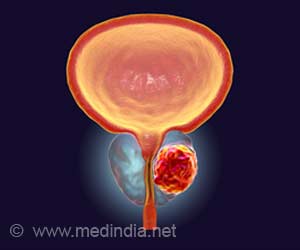AI tool spots early signs of lung cancer from general practitioner notes, predicting diagnosis 4 months in advance.

Artificial intelligence in lung cancer screening: Detection, classification, prediction, and prognosis
Go to source).
‘Did You Know?
Detecting lung cancer 4 months earlier with AI could save lives. #earlydetection #medindia’





Detecting lung cancer 4 months earlier with AI could save lives. #earlydetection #medindia’
Advertisements
Why Lung Cancer Needs Earlier Detection
A study in four Dutch networks developed new prediction tools for lung cancer risk assessment using natural language processing and machine learning . The algorithm enables earlier detection of lung cancer using routine general practice data. The study showed discrimination, calibration, sensitivity, and specificity under various cut-off points five months before diagnosis.Advertisements
How AI Reads general practitioner Notes to Predict Lung Cancer
Researchers have developed a method using natural language processing and machine learning to analyze over 500,000 patient records from Dutch general practices. The AI models were trained to detect subtle language patterns and early risk markers five months before a formal lung cancer diagnosis . This system learns from the full richness of a patient's medical history, providing a more accurate prediction tool than traditional prediction tools.Advertisements
How Well the AI Performs and What It Means for You
Study analyzed 2,386 confirmed lung cancer cases from over 525,000 patients aged 40 and older. The AI, based on text and structured data, achieved high accuracy, flagging 62% of lung cancer patients up to 4 months earlier than standard practice. This tool could help doctors act before the disease advances, reducing the need for further checks. The simpler model performed just as well as the more complex one, making it a powerful tool for early detection.References:
- Artificial intelligence in lung cancer screening: Detection, classification, prediction, and prognosis - (https://pubmed.ncbi.nlm.nih.gov/38581113/)
Source-Amsterdam University Medical Center















